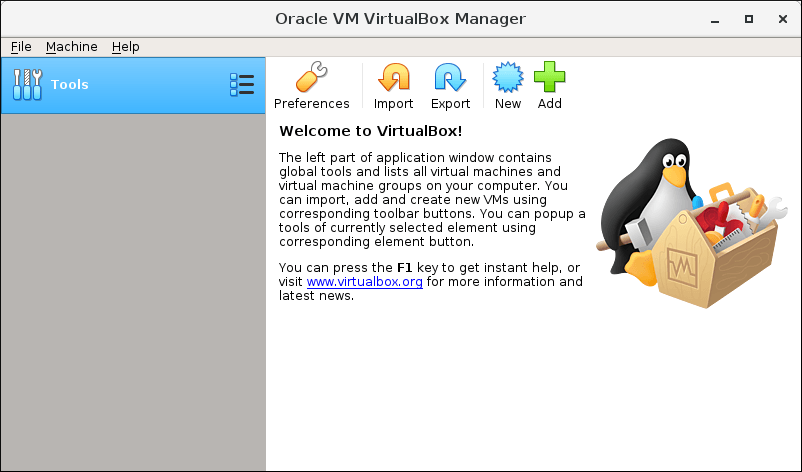
Second, be careful about sharing your clipboard and files. You can also disable Windows Updates and Windows Defender Antivirus in the virtual machine. Disable a host/guest integration and SFTP file transfers. First, make sure your computer is fully isolated. Here are some precautionary tips for running a VM. Since virtual machines use virtual hardware and software, you can run any kind of virus that you can imagine. This type of software uses a disconnected environment, which makes it ideal for testing illegal or new software, as well as system-destroying viruses.

If you use a virtual machine, you may be vulnerable to getting a virus.



If it is not enabled, you may have to go into BIOS settings to enable it. Here are some precautionary measures to avoid the risk of infection:Įnsure that Hardware Virtualization is enabled on your system. Although it cannot spread to the host machine, a virus in the VM can cause significant damage. Since the VM itself is not connected to the host computer, a virtual virus may enter it. While VirtualBox has a number of advantages over other virtualization software, there is a significant security risk associated with it.


 0 kommentar(er)
0 kommentar(er)
